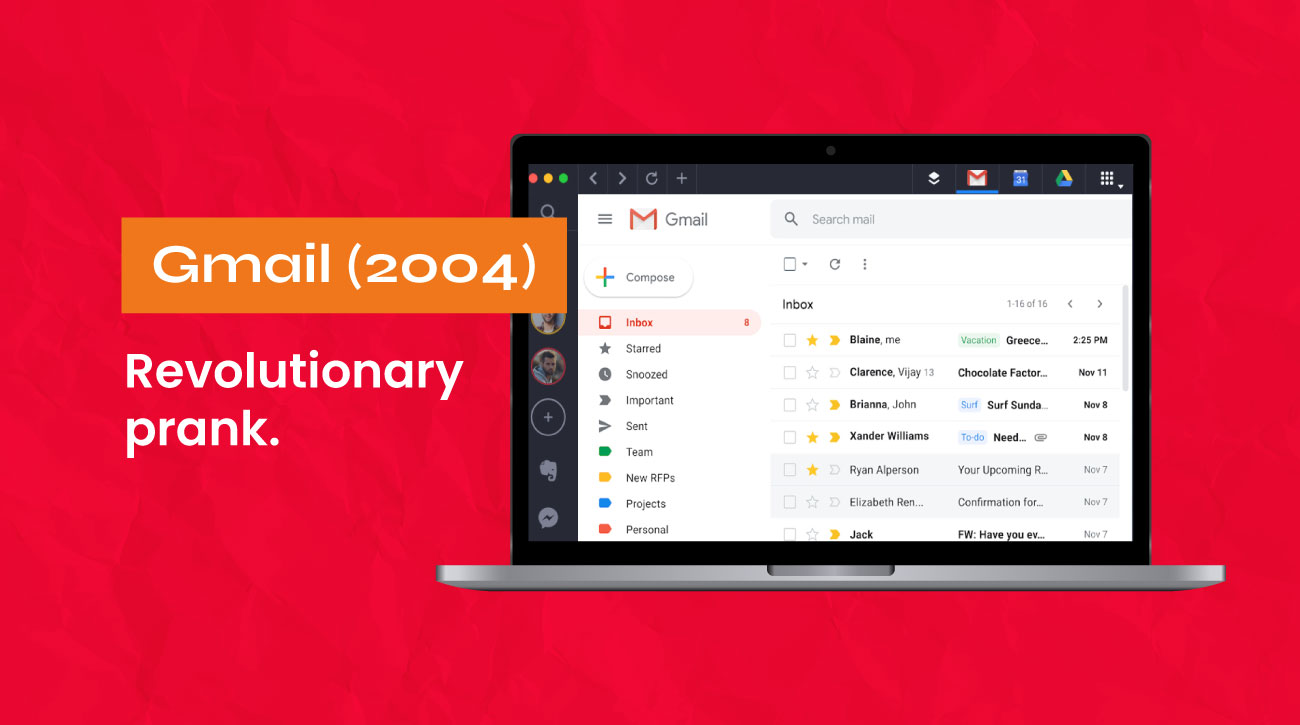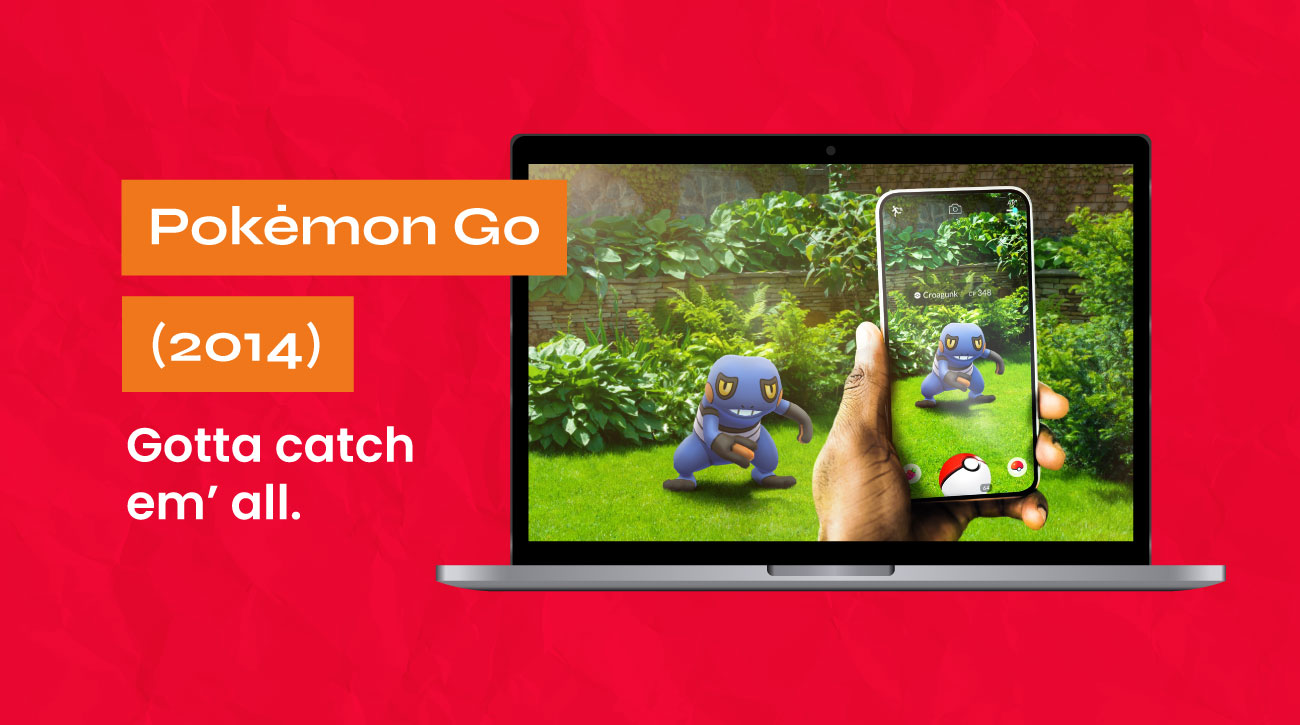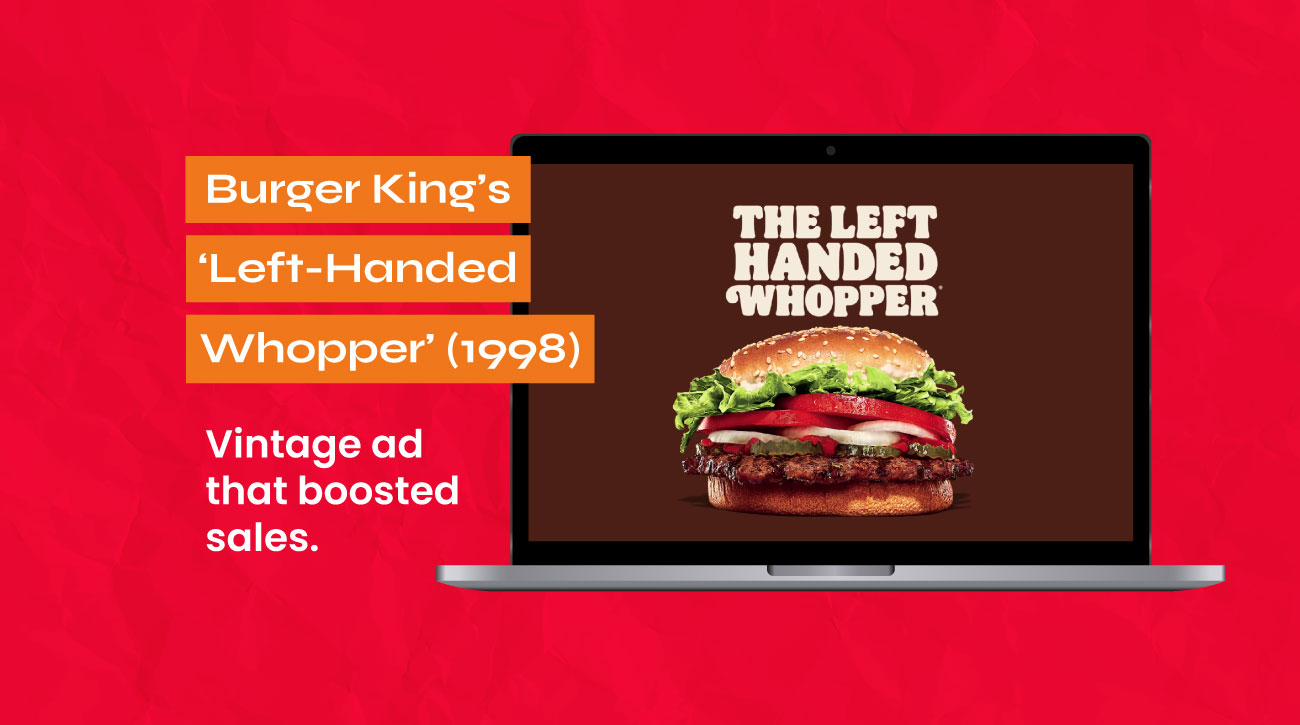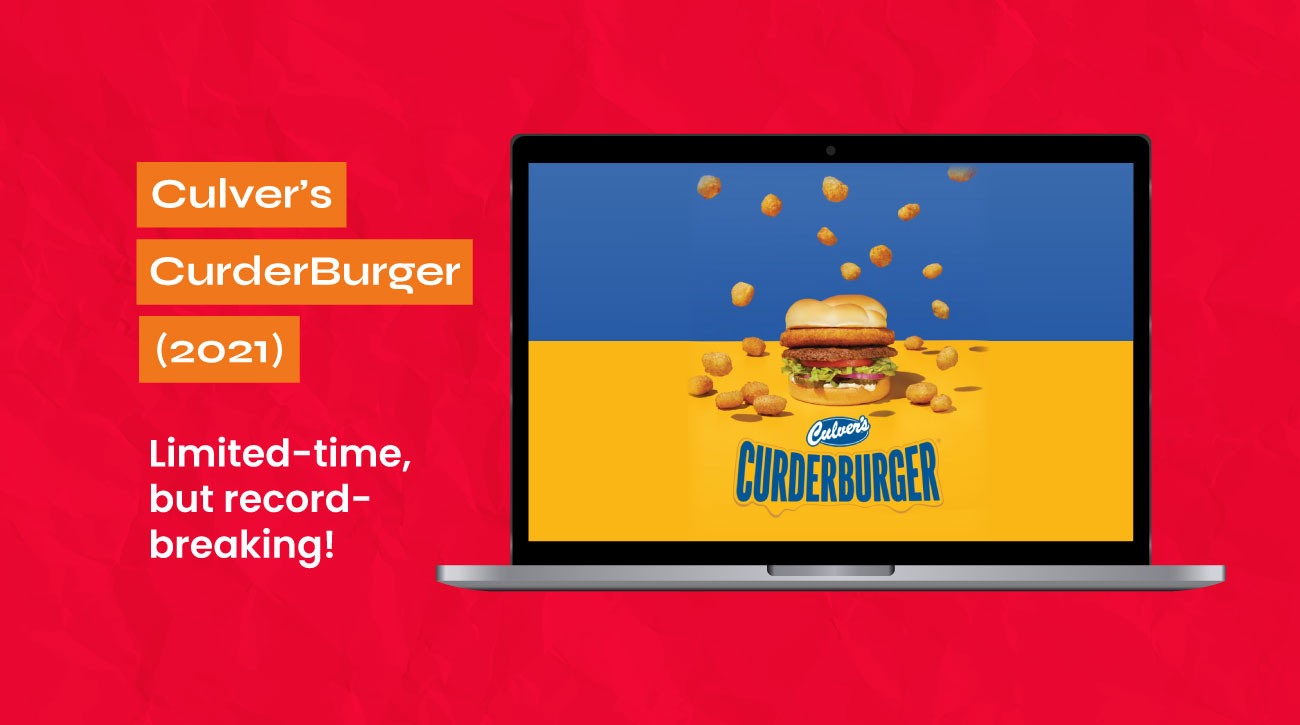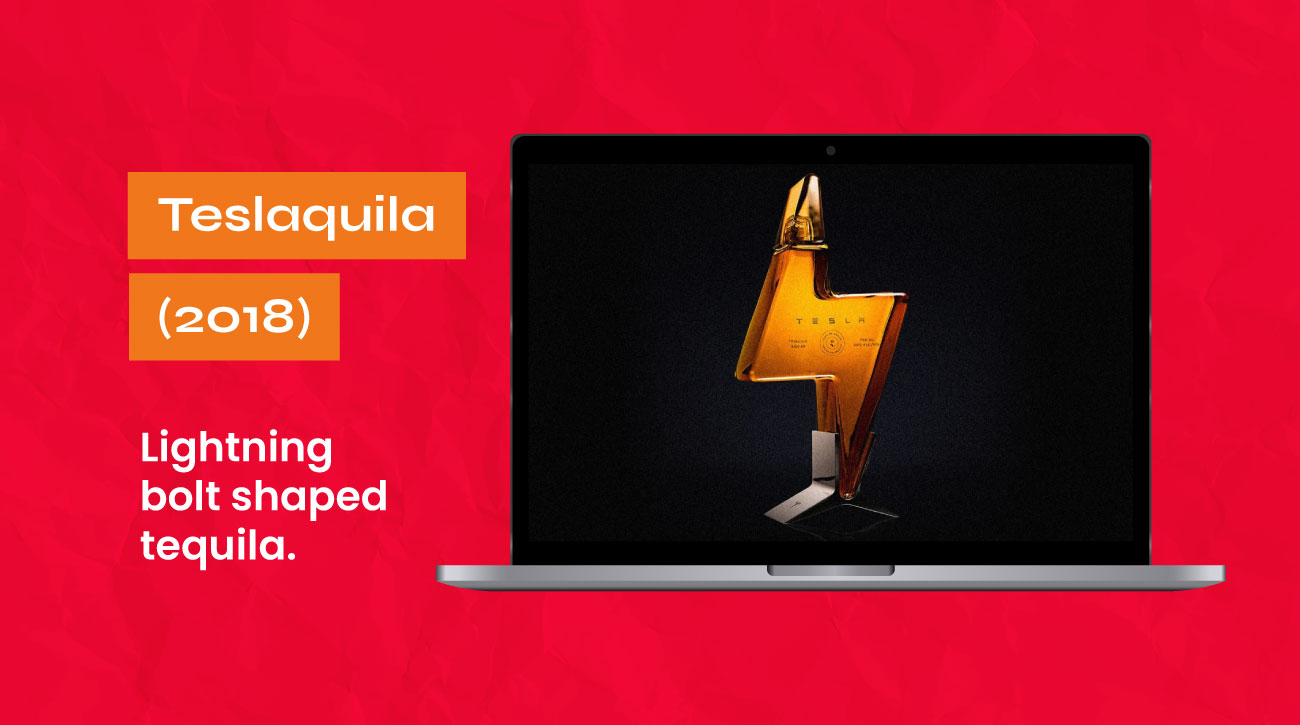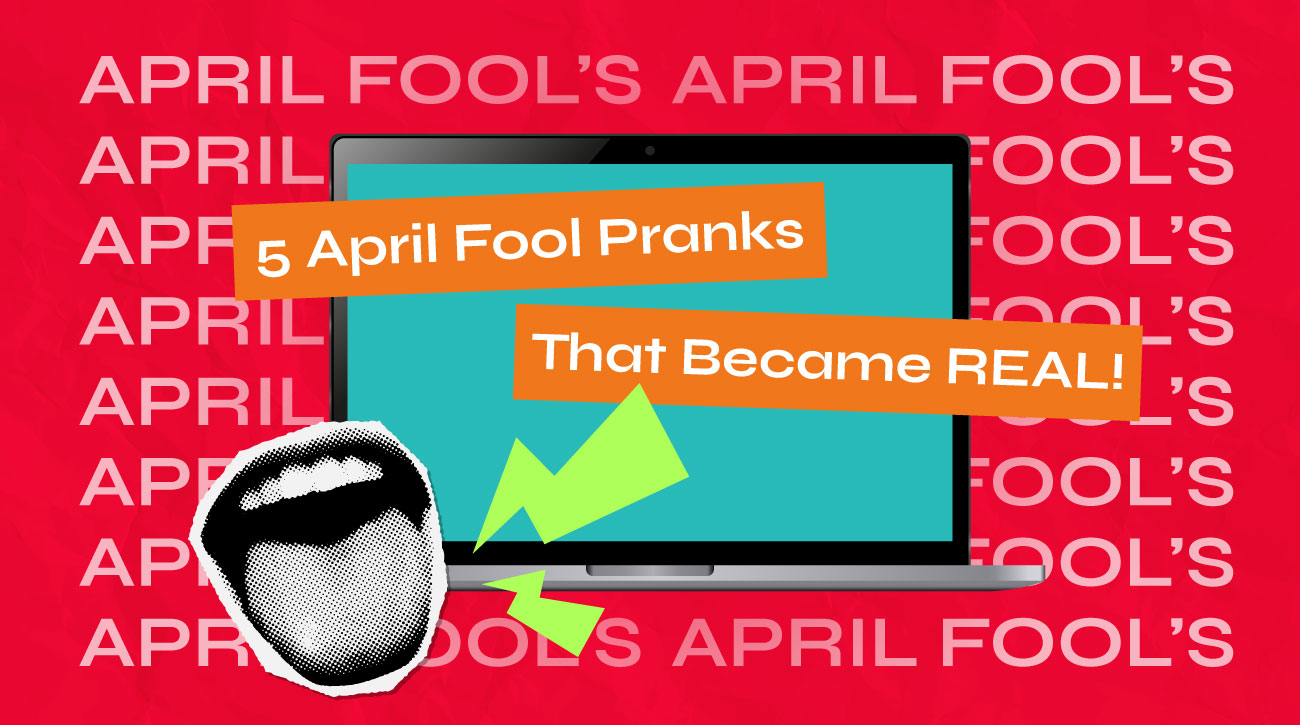
5 April Fools’ Pranks That Accidentally Became Genius Marketing Innovations
April Fools’ Day has long been a playground for creative marketers, but some pranks transcend mere jokes and become unexpected business breakthroughs. What begins as a humorous concept can sometimes evolve into a groundbreaking product that captures consumers’ imagination and drives significant business success.
The Unexpected Power of Playful Marketing
Let’s dive deep into five remarkable marketing pranks that accidentally became game-changing innovations:
1. Gmail: The Email Revolution Nobody Expected (2004)
What started as a seemingly impossible April Fool’s joke would go on to redefine email communication forever. On April 1st, 2004, Google announced a free email service offering an unprecedented 1GB of storage (don’t forget this was a ludicrous amount at a time when most email providers offered mere megabytes of space).
At the time, email storage was painfully limited. Hotmail and Yahoo Mail typically provided just 2-4 MB of storage, forcing users to constantly delete emails or risk bounced messages. Google’s Paul Buchheit had been working on the project for months, but the April Fool’s announcement added an extra layer of intrigue.
What made Gmail revolutionary wasn’t just the storage. The service introduced:
- Conversation-style email threading
- Powerful search capabilities
- Labels instead of traditional folders
- Significantly less spam
By the end of 2004, Gmail had moved from a “joke” to an invite-only beta that became one of the most coveted email invitations in tech history. Today, Gmail boasts over 1.8 billion active users worldwide, transforming how we communicate digitally.
2. Pokémon Go: From Google Maps Joke to Global Augmented Reality Phenomenon (2014)
In 2014, Google created an elaborate April Fool’s prank called “Pokémon Challenge” for Google Maps. They claimed that dozens of wild Pokémon have flooded the streets, forests and atop mountains throughout Google Maps—and of course, invited us to catch ‘em all. They’ve even published an elaborate faux video trailer with it:
The video showed employees “catching” Pokémon in the real world using Google Maps, allowing users to imagine finding Pokémon in their immediate environment.
The concept was so compelling that it caught the attention of Niantic Labs, a Google startup that had previously created the location-based game Ingress. John Hanke, Niantic’s founder, saw the potential of merging location-based gaming with augmented reality.
By 2016, Pokémon Go became a global phenomenon:
- Launched on July 6, 2016
- Downloaded over 500 million times within a year
- Generated over $5 billion in revenue by 2020
- Created a new category of augmented reality mobile gaming
The game brought people outdoors, sparked social interactions, and demonstrated the massive potential of location-based augmented reality gaming.
3. Burger King’s Left-Handed Whopper: Marketing Genius Meets Consumer Psychology (1998)
On April 1st, 1998, Burger King ran a full-page USA Today advertisement announcing the “Left-Handed Whopper.” The ad claimed the burger was designed specifically for left-handed customers, with all condiments rotated 180 degrees to prevent spillage.
The brilliance of the prank was its absurdity. Despite being completely fictitious, thousands of customers visited Burger King restaurants requesting the special burger. Some even asked for the “right-handed” version.
This prank revealed critical marketing insights:
- Consumers are curious and easily intrigued by novelty
- Media and word-of-mouth can amplify a simple joke
- People enjoy feeling that a product is specially designed for them
Burger King saw a significant sales boost during the campaign, proving that humor and creativity can be powerful marketing tools.
4. Culver’s CurderBurger: From Internet Meme to Culinary Reality (2021)
In 2021, Culver’s—a Midwest fast-food chain known for its cheese curds—posted an April Fool’s joke about a burger featuring an entire cheese curd as the patty. The internet’s response was immediate and overwhelming.
Fans flooded social media with excitement and requests to make the CurderBurger a reality. Recognising the potential, Culver’s transformed the joke into a real, limited-time menu item in September 2021.
The results were remarkable:
- Massive social media engagement
- Lines at restaurants stretched around blocks
- Limited quantities created a sense of urgency
- Demonstrated the power of community-driven product development
The CurderBurger showcased how direct consumer feedback could drive product innovation.
5. Teslaquila: Elon Musk’s Viral Marketing Masterstroke (2018)
Elon Musk’s marketing playbook often blends humor, controversy, and unexpected innovation. In 2018, amid speculation about Tesla’s financial challenges, Musk tweeted an April Fool’s joke about being “passed out” next to bottles of “Teslaquila,” complete with a staged photo of himself.
The internet went wild. Meme culture embraced the concept, and consumer interest was palpable. In 2020, Tesla transformed the joke into reality, launching a premium añejo tequila in a distinctive lightning bolt-shaped bottle.
The launch demonstrated Musk’s marketing brilliance:
- Limited edition bottles sold for $250 each
- Sold out almost instantly
- Empty bottles became collector’s items
- Generated millions in publicity without traditional advertising
The Strategic Genius Behind Marketing Pranks
These examples reveal a crucial marketing insight: successful April Fool’s campaigns are about more than just generating laughs. They’re sophisticated tools for:
- Testing bold, unexpected ideas
- Gauging consumer interest
- Creating viral marketing moments
- Potentially developing new product lines
The most effective pranks tap into genuine consumer desires and can unexpectedly shape a brand’s future trajectory.
Key Takeaway
Marketing isn’t just about selling products—it’s about storytelling, creativity, and connecting with your audience in unexpected ways. These pranks demonstrate that sometimes, the most brilliant innovations emerge from a place of playfulness and imagination.


